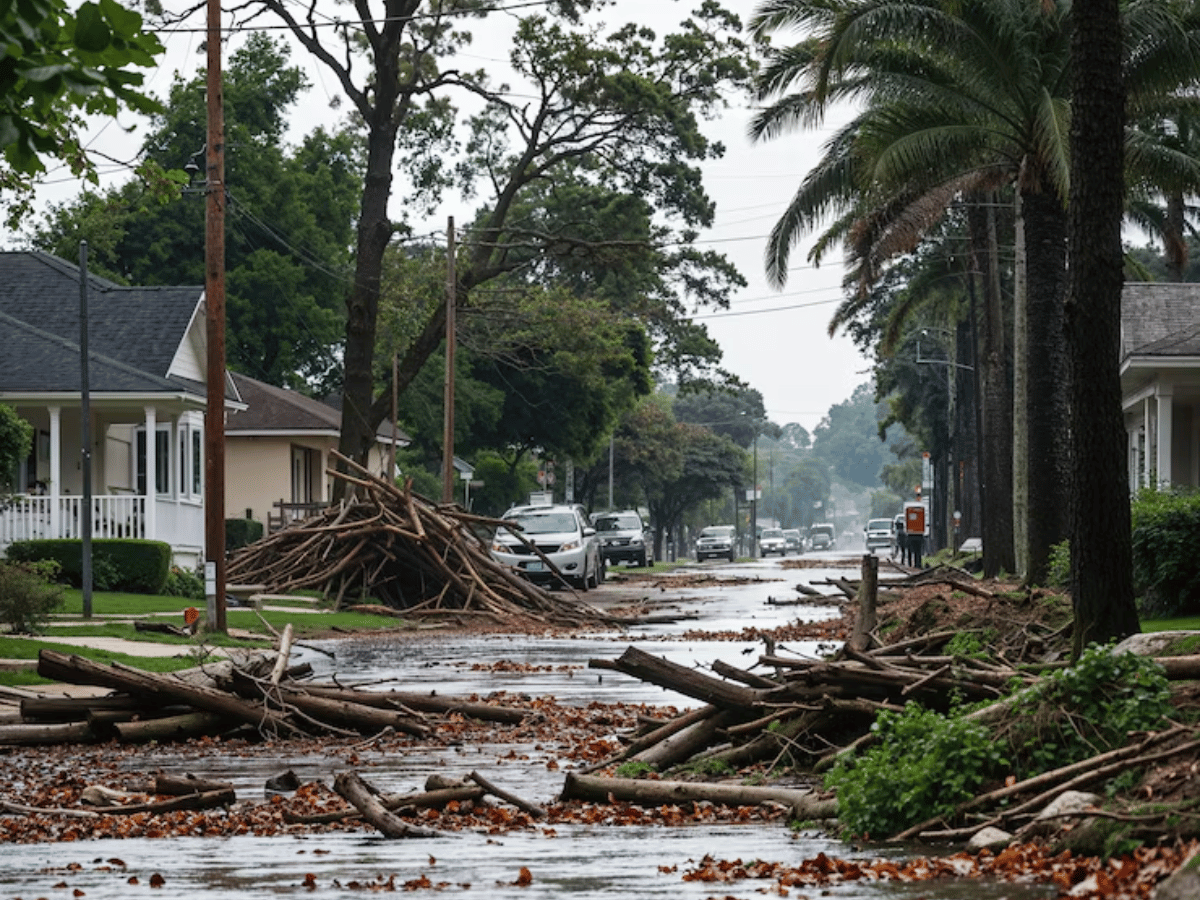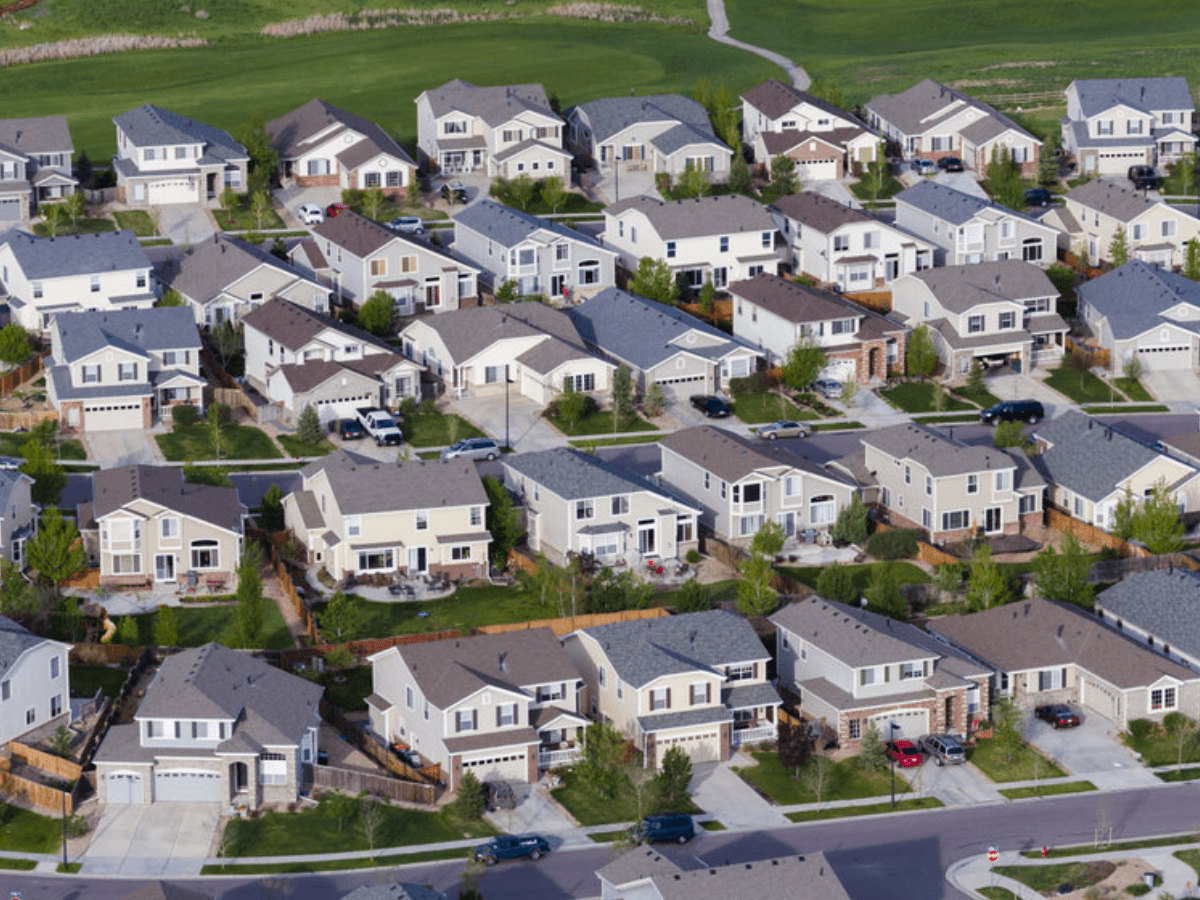
Americans Are Using This Strategy to Save Money on Home Insurance. Is It a Good Idea?
Homeowners across the U.S. are in a bind. Home insurance premiums are soaring, squeezing household budgets already battered by painful inflation. In desperation, many are shopping around for cheaper coverage or gambling on higher deductibles to cut costs.
But the quick fixes come with drawbacks. Switching insurers risks lowered coverage, and higher deductibles mean bigger out-of-pocket expenses when calamity strikes. In the rush to cut costs, are homeowners unwittingly setting themselves up for a disaster of their own making?
Why Are Home Insurance Premiums So High?
Home insurance is fast becoming a time bomb for insurers. A surge in billion-dollar disasters—hurricanes, wildfires and floods—has them scrambling to recoup their losses. Rather than absorb the hit, they are offloading the costs onto homeowners. The outcome has been obstinate premium hikes that outstrip inflation. Between 2018 and 2022, home insurance costs jumped 8.7% faster than inflation, according to the U.S. Treasury. In high-risk areas, the hike was even more crippling—nearly 15% above inflation, leaving homeowners coughing up an average of $2,321 a year.
2024 only brought more misery. Data from Intercontinental Exchange (ICE) shows that premiums for single-family homes hit a record $2,290—a 14% jump from the previous year and the steepest increase in over a decade. For homeowners in disaster-prone states, the numbers are far more punishing. In Miami, insuring a mortgaged home now costs an astronomical $6,200 a year. In New Orleans it’s $5,700. All this shows insurers aren’t just raising rates; they’re redefining who can afford to own a home.
The Switch-and-Save Strategy
Bludgeoned by those brutal costs, homeowners are getting creative. One popular tactic is switching insurance providers. In 2024, 11.4% of homeowners with a mortgage switched carriers, up from 9.4% the previous year. For some, the move paid off. In cities like Jacksonville, Dallas, San Antonio and Denver, those who switched saved at least 10% on average compared with those who stayed put.
Yet it’s not a guaranteed win. In Miami, where nearly a quarter of homeowners opted for a new provider, the average premium actually soared 2%. In California cities like San Diego, San Jose and Los Angeles, transitioning to a different provider boosted premiums by at least 15%. That’s because some insurers are pulling back from high-risk areas, leaving homeowners with fewer—and pricier—options.
The High-Deductible Bet
The second strategy gaining traction is opting for a higher deductible. In 2024, homeowners increased their deductibles by an average of 19%, or $390, compared with a year ago. A higher deductible means lower monthly premiums; but it also means you’ll pay more out of pocket if disaster strikes.
Here’s how it works: a deductible is the amount you pay before your insurance kicks in. For example if your roof caves in and the repair costs $10,000, and your deductible is $2,000, you’ll pay the first $2,000, and your insurer covers the remaining $8,000. But if the repair costs only $1,500, you’re on the hook for the entire bill.
There are two types of deductibles: standard and percentage-based. Standard deductibles are fixed amounts, usually between $500 and $2,000. Percentage deductibles, common in areas prone to wind, hail or hurricanes, are based on a percentage of your home’s insured value. For instance, if your home is insured for $500,000 and your deductible is 1%, you’d pay $5,000 out of pocket before your insurance covers the rest.
The Risks of Playing the Deductible Game
Opting for a higher deductible may seem like a quick fix to slash premiums, but it’s a gamble that could backfire spectacularly. Mark Friedlander of the Insurance Information Institute warns that when disaster slams, homeowners could face enormous out-of-pocket expenses. Just ask the many Florida residents left reeling during the 2024 hurricane season. One 71-year-old homeowner found herself stuck with a $14,000 deductible—5% of her home’s $280,000 insured value—after a tornado wreaked havoc.
For many, that kind of financial blow is crippling. The Federal Reserve reports the median U.S. savings account balance in 2022 was a mere $8,000. A sudden $14,000 charge could obliterate savings, leaving homeowners scrambling for a lifeline. In a high-risk environment, the cost of cheap coverage could prove far steeper than expected.
What Should Homeowners Do?
Before jumping on the high-deductible bandwagon, experts suggest exploring other less risky ways to lower premiums. Matthew Chancey, a certified financial planner, recommends making home improvements that meet current building standards. Reinforcing older parts of your home or upgrading its structure could qualify you for discounts. Yet he cautions don’t rush into renovations; upgrades can be expensive, so check with insurers first to see if they’ll actually cut your premiums.
Another tip: bundle your policies. Many insurers provide discounts if you combine your home, auto and life insurance under one provider. And don’t overlook your credit score. A quick boost could mean lower premiums, as many insurers now factor creditworthiness into their pricing. A little effort can go a long way.
The Bottom Line
Switching providers or raising your deductible might seem like quick fixes but they come with trade-offs. Some homeowners save money; others end up paying more when disaster hits. Before making any changes, weigh the pros and cons. Consider consulting a financial advisor or insurance expert. The wrong move could cost you more than you bargained for.



